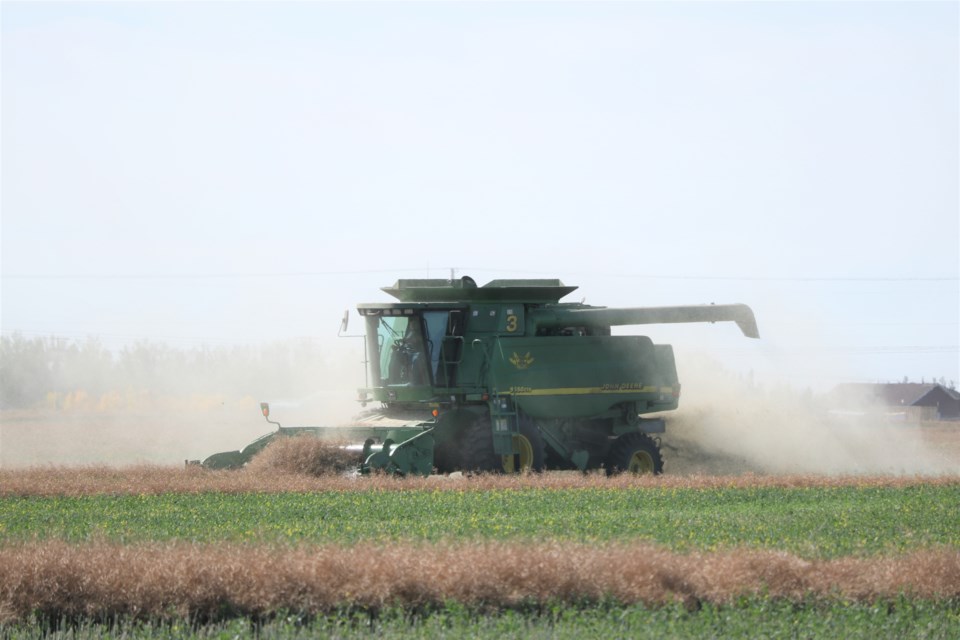YORKTON - New canola markets, or expansions of existing ones, are obviously a positive for many Canadian Prairie producers.
Every time the market grows for canola, regardless of its end purpose, it means demand should be stronger and that should help bolster prices, or at least help maintain them.
So when recently announced plans to build an estimated $2-billion renewable diesel fuel and canola-crushing plant in Regina in partnership with AGT Foods, it was huge news for the canola sector.
In this case the crushing facility appears to have the oil extracted targeted at the biofuel sector, which would broaden the market, and might even allow an opportunity to better market lower grade canola where the oil is not destined for human consumption.
Of course the idea of fuels from grains and oilseeds is hardly a new one.
An integrated facility at Lanigan was built years ago to extract ethanol from cereal grains to be used as a fuel additive, the resulting grain mash fed to cattle in an associated feedlot.
The facility was built prior to the idea of biofuels really catching on, and there was a time government was proactive in looking to mandate biofuel in fuels, and to offer subsidies to ensure biofuel such as ethanol was available for that purpose.
But, when grain prices jump, use of the grain for ethanol has simply never proved financially viable.
There however remains a realization that non-renewable energy sources such as oil and coal are finite in supply and ultimately not good for our atmosphere and longer term the climate of the planet, although I am sure among readers there will be a number in vehement opposition to that suggestion.
However, good science has its concerns, consumers, at least a number of them are adding their voices to that concern, and government and business appear to be reacting with moves toward greener and renewable energy sources so biofuels seem to be swinging back into vogue.
The question of how high canola prices, for example, can go before turning it into fuel makes no sense remains unclear. The price of fuel at the pumps today of course is higher than a decade ago, so one would expect the fuel sector can pay more today than in the past.
But, a more basic question should be asked too – how many acres can be dedicated to producing grains and oilseeds just for fuel?
There are already those who question grain production for livestock feed reasoning the land could be producing crops for direct human consumption and adding meat really is not required.
As farmland is finite, actually diminishing in areas due to salinity, erosion and urban sprawl, there will be added pressure to feed an ever-growing world population, and what gets grown and for what purpose, are going to be increasingly difficult questions to answer.

